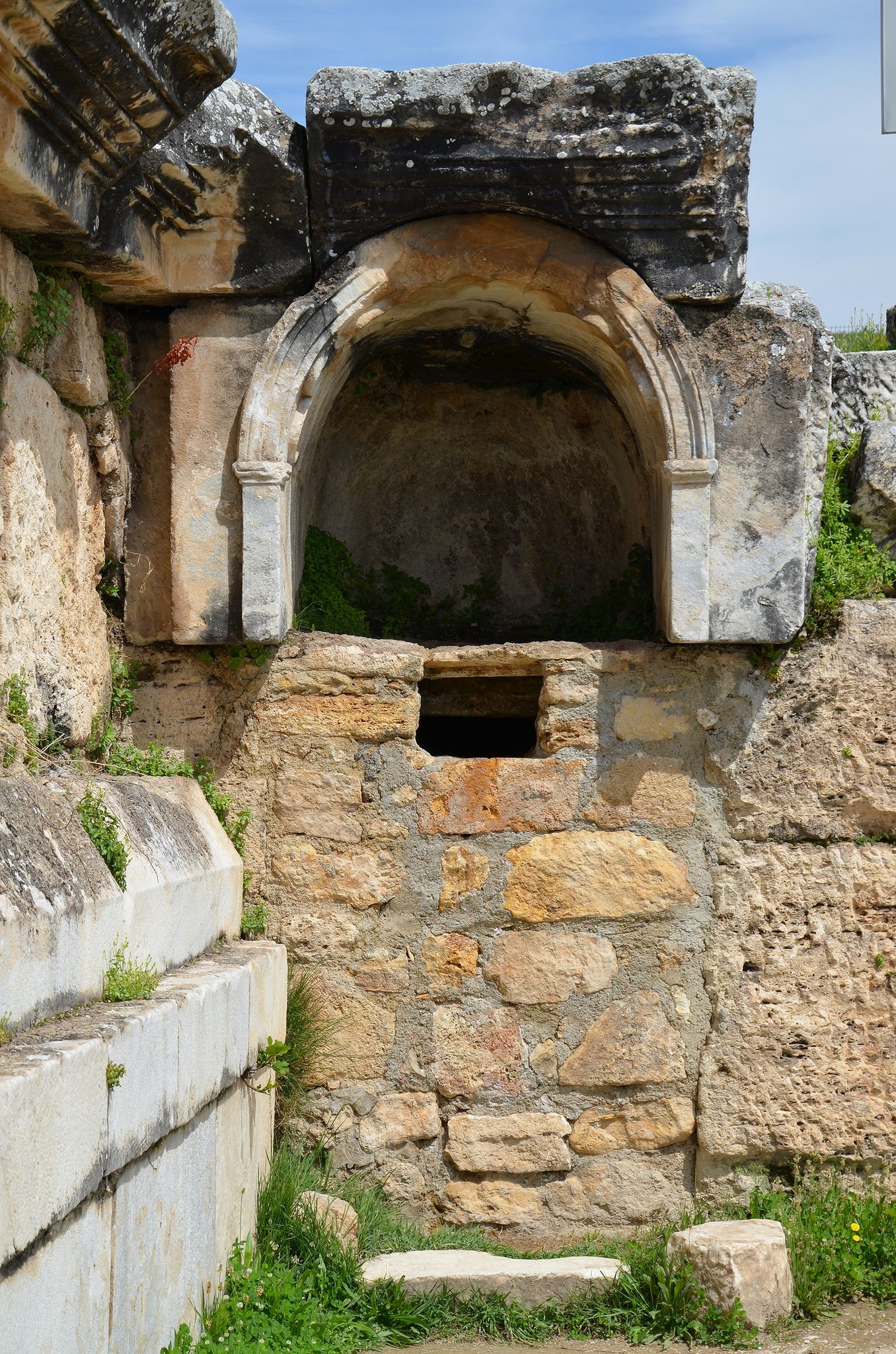
Archaeologists have uncovered fascinating new details about a cave in Turkey that ancient Romans believed to be an entrance to the underworld.
Complex rituals once took place at the 2,200-year-old site in the city of Hierapolis, part of the province of Phrygia. These involved castrated priests leading bulls into the depths of the gate as a sacrifice to the Gods. The cave, one of many such shrines, was also known as a plutonium, or ploutonion, or Pluto's gate, after the God of the underworld.
To the disbelief of spectators who watched in a purpose-built arena, all of the animals that entered into the 'gates of hell' perished, while the priests emerged unscathed. To onlookers, it must have seemed as if they were imbued with special powers as a result of their divine connection.
Research newly published February 12 in the journal Archaeological and Anthropological Sciences has provided a geological explanation for these strange happenings. Emissions of carbon dioxide gas were likely responsible for the deaths of the animals.
The emissions are the result of deadly gas, according to Hardy Pfanz from the University of Duisburg-Essen, lead author of the study. The researchers found that inside the cave, concentrations of CO2 reach up to 91 percent.
And just outside the cave, where concentrations range between 4 percent and 53 percent, enough gas is still being emitted to kill insects, small mammals and even birds flying above it.
These emissions were once thought to be the breath of Pluto—otherwise known as Hades—or the breath of the hound Kerberos who guarded the entrance to hell.
But how did the priests survive if even strong, healthy bulls succumbed to the noxious gases within minutes?
The team suggested that the priests had some knowledge of the strange properties at the plutonium and knew how to exploit this to their advantage.
The highest concentrations of carbon dioxide form at the bottom of the cave in a 'lake' of gas, above which levels begin to drop rapidly. Bulls' nostrils are fairly close to the ground, so when they were led into the cave, they were breathing in more of the dangerous gas than the priests were. The priests may even have used stones to stand as far away from the bottom of the cave as possible.
And because the sun's energy dissipates the carbon dioxide, concentrations of the gas were lowest at midday and highest at dawn, dusk and during the night.
The researchers suggest that the priests may have conducted sacrifices at noon when the gas posed less of a risk. However, they also found evidence of oil lamps, suggesting that the priests did enter the cave at night time, despite the fact that "concentrations during the night would easily kill a human being within a minute," the authors wrote.
The cave, which was rediscovered by archaeologists seven years ago, was first described by ancient Greek historian Strabo and Roman author Pliny the Elder. The Romans believed that many of these supposed entrances to hell were dotted around the Mediterranean.
There is even evidence to suggest that the plutonium became a popular tourist attraction over time, where visitors could buy small animals that they would throw into the arena for the priests to sacrifice.
Uncommon Knowledge
Newsweek is committed to challenging conventional wisdom and finding connections in the search for common ground.
Newsweek is committed to challenging conventional wisdom and finding connections in the search for common ground.
About the writer
Aristos is a Newsweek science reporter with the London, U.K., bureau. He reports on science and health topics, including; animal, ... Read more
To read how Newsweek uses AI as a newsroom tool, Click here.








